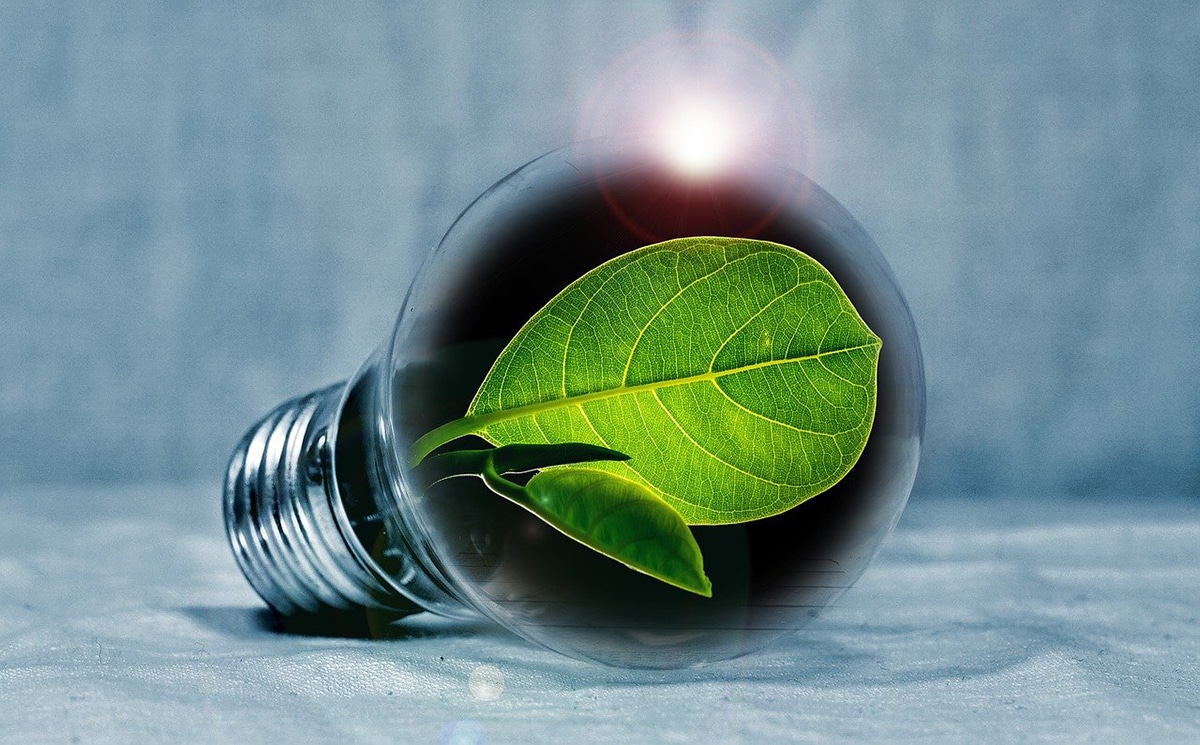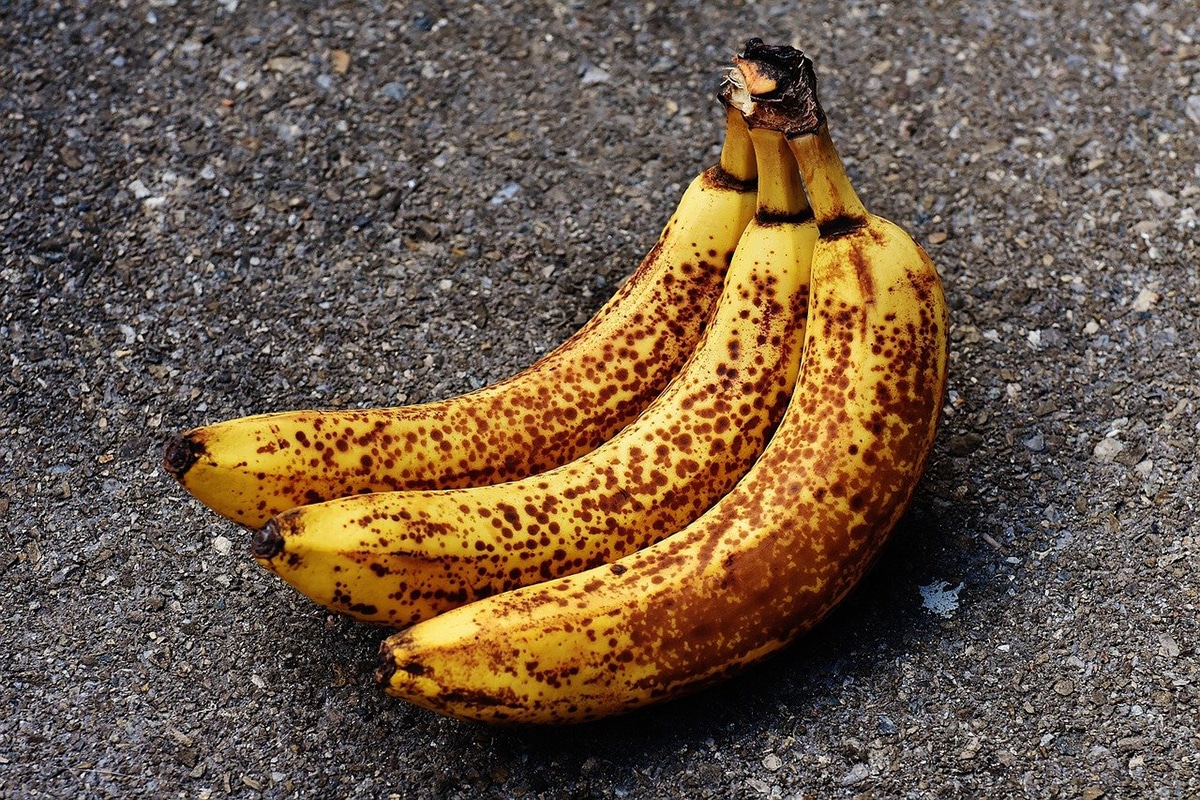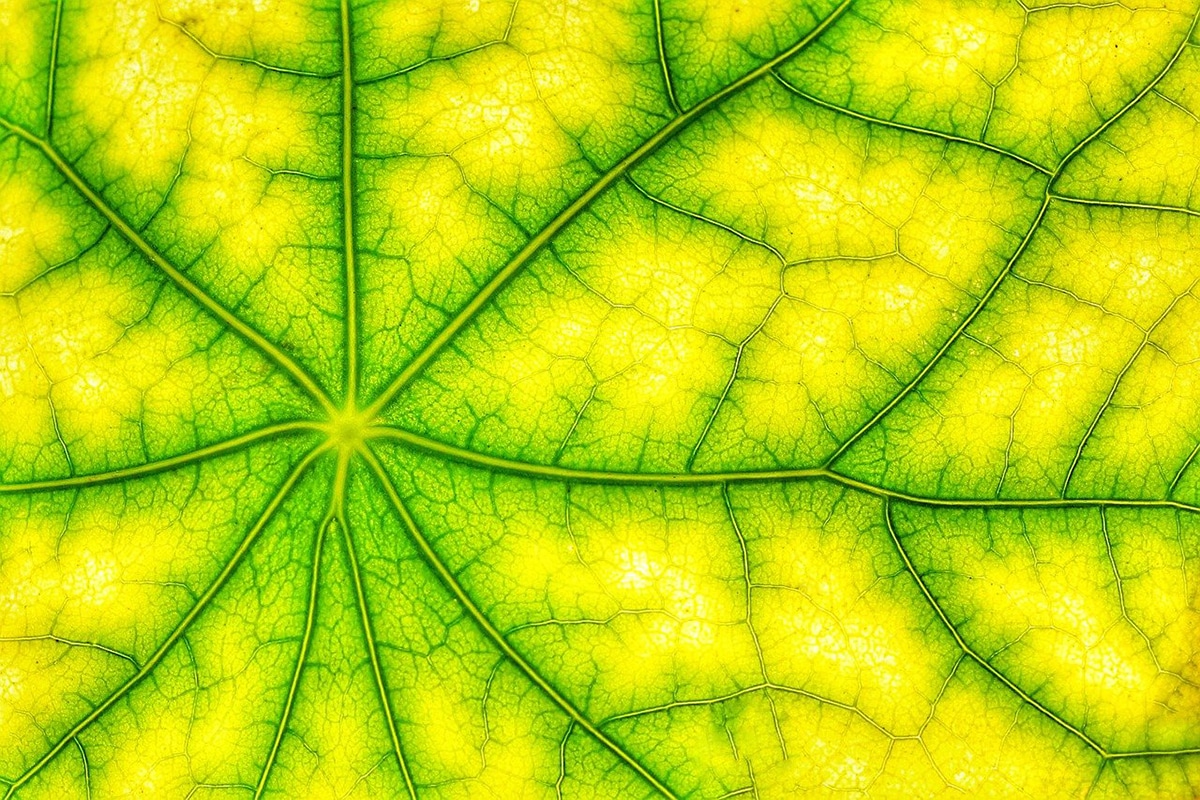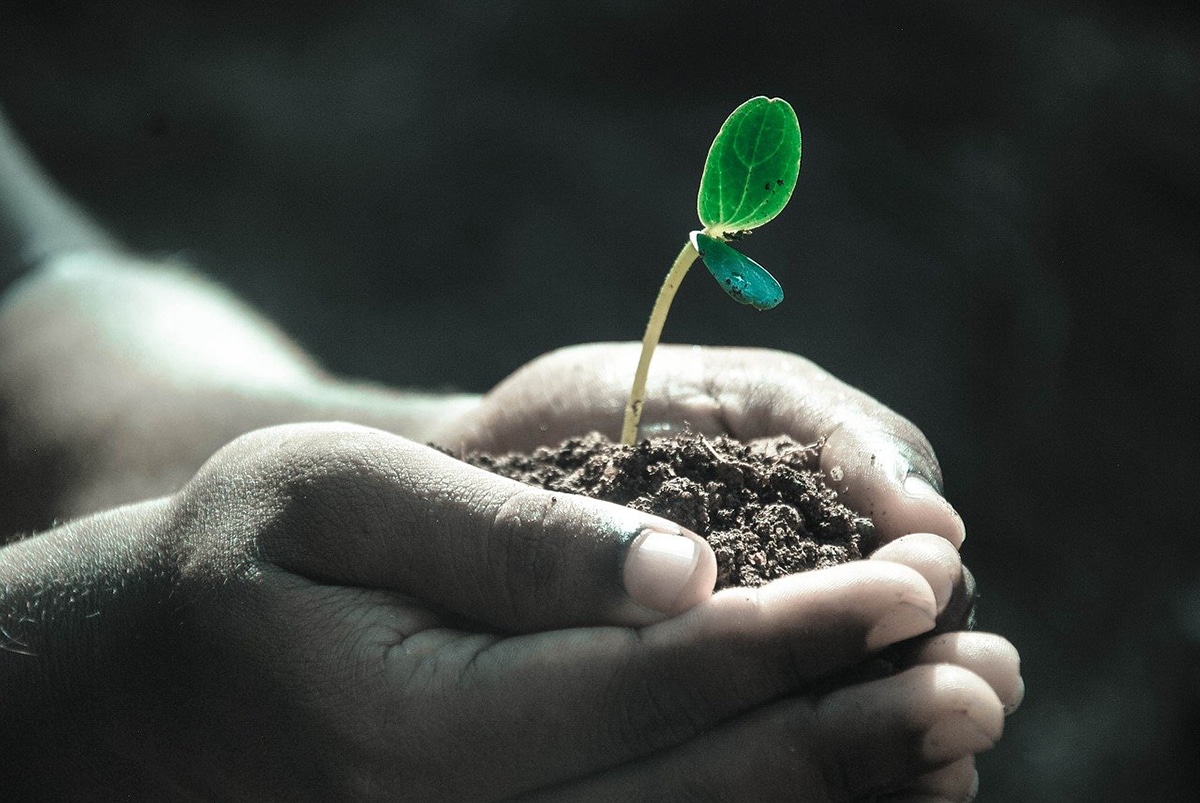
We all know very well that most plants are green. But who is responsible for it? Chloroplasts, characteristic cells of plants, contain organic molecules called Chlorophyll. These molecules They are the plant pigments responsible for the photochemical reactions essential for photosynthesis.
But what is most important for us to highlight about chlorophyll is its application in food, medicine and other products. In this article we will explain what this substance is and what its benefits are.
What is chlorophyll and what is its function?

When we talk about chlorophyll we refer to the most prominent photosynthetic pigment, since It is the one that gives the green color to the plants. In addition, these are the molecules that transform the energy received from light into chemical energy during the process that we all know as photosynthesis. As for the word "chlorophyll", it has its origin in the Greek language. Cries means 'green', while fýlon it translates as "leaf." Therefore, chlorophyll literally means "green leaf."

The first to discover chlorophyll were chemists Canventou and Pelletier. In 1917 they managed for the first time to separate these pigments from the leaves belonging to plants.
PREMIUM QUALITY
There are different types of chlorophyll in biology: A, B, C1, C2, D, E and F. We will discuss the most common below.
- A: It is found in the centers of action belonging to plant cells. They are responsible for photochemical reactions during the photosynthesis process.
- B: Its function is similar to a receiving antenna. They receive the energy from the photons and transfer them later to chlorophyll A.
- C: It is present in chloroplasts that are from diatoms, heptophytes, and brown algae.
- D: Chlorophyll D is found only in a cyanobacterium called acaryochloris marina and in red algae.
What is chlorophyll in food?

As we have already mentioned, chlorophyll is a pigment that we see as a green color. Therefore, it is not surprising that this substance is used as a colorant for both food and cosmetics and medicines. In addition, it is also used as a deodorizing element in some personal hygiene products, such as toothpastes or mouthwashes. Next we are going to see a small list of the most common uses today.
- Food additive: It is common to find chlorophyll in spinach, for example, or in other green foods. The phytol it contains is used when making vitamins E and K. It is authorized by the European Union.
- Medication: There are oral tablets that contain chlorophyll. They are often prescribed in the treatment of halitosis.
- Photodynamic therapy: Chlorophyll is used as a photosensitive substance in photodynamic therapies, usually for the topical treatment of acne.
- Toothpaste: There are several toothpastes that contain chlorophyll, especially for their deodorizing properties.
Services
As for the beneficial properties of chlorophyll, the list is very long.
- It helps oxygenate the blood, so it also detoxifies our body.
- Helps the digestive system in breaking down calcium oxalate stones. Thus removes excess acid.
- Es anti-inflammatory.
- Helps reduce triglyceride and cholesterol levels.
- Strengthens the immune system.
- It has deodorizing properties, ideal for fighting bad breath caused by alcohol, tobacco or other foods.
- It contains antimicrobial and antibacterial properties.
- Also owns antioxidant that can be helpful in preventing cancer development. These properties are normally found in a semi-synthetic derivative of chlorophyll, called chlorophyllin. This is soluble in water.

As we have said, there are many benefits that chlorophyll provides us. To be able to enjoy all of them, this pigment should be consumed through vegetables like lettuce, spinach, chard and watercress, among many others. As for green drinks, also known as green drinks, you can consume liquid chlorophyll as a supplement.
Precautions
Because chlorophyll is naturally present in many plant foods, its consumption in not excessive concentrations does not imply any greater risk, with the exception of some cases of hypersensitivity. However, as of today we do not have specialized scientific studies in various special groups of the population, such as children, pregnant women or women in the lactation period. Therefore, it is advisable to handle this substance with caution. What is known is that an excess in the consumption of chlorophyll can cause a greenish coloration in the teeth, on the tongue, in the feces and in the urine.
In conclusion we can say that it is like in everything: Excess is bad. However, chlorophyll is a substance with a high number of important benefits for our health. Therefore it is highly recommended to add enough green to our diet.